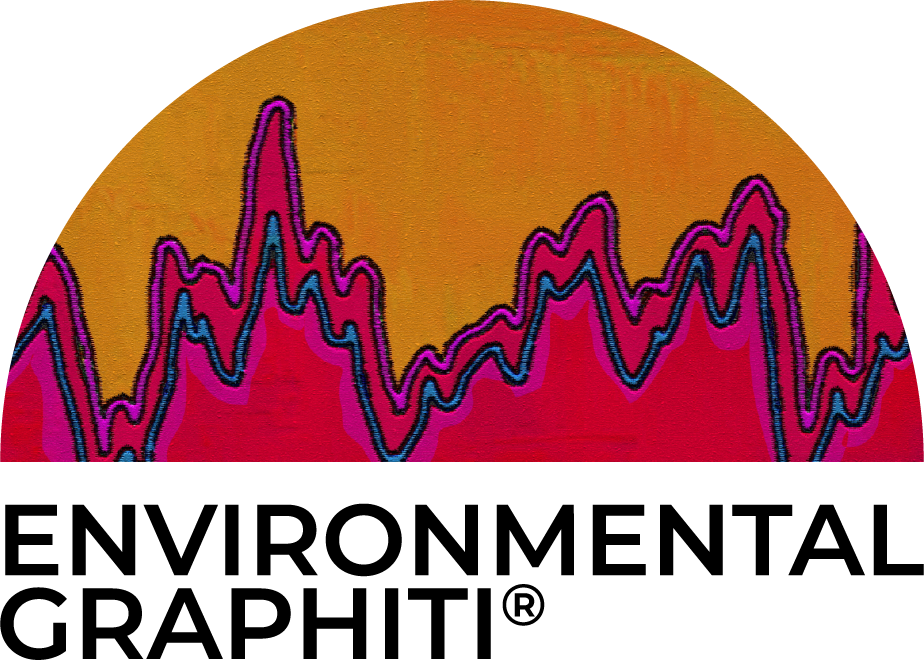Greenhouse Gas Index
The Art
The Science
What’s Alarming
“The warming influence of greenhouse gases in the atmosphere has increased substantially over the last decades. In 2018, the AGGI was 1.43, which represents an increase of more than 40% since 1990. Carbon dioxide remains the largest contributor to radiative forcing.
Radiative forcing (shown on the left vertical axis) is the change in the amount of solar radiation, or energy from the sun, that is trapped by the atmosphere and remains near Earth. When radiative forcing is greater than zero, it has a warming effect; when it is less than zero, it has a cooling effect. In this indicator, radiative forcing from long-lived greenhouse gases is shown relative to the year 1750.
The AGGI (shown on the right vertical axis) is an index of radiative forcing normalized to the year 1990 (represented by a red dot); it shows that the warming influence of long-lived greenhouse gases in the atmosphere increased by 43% between 1990 and 2018.
This indicator measures the average total radiative forcing of 20 long-lived greenhouse gases, including carbon dioxide, methane, and nitrous oxide. The results were calculated by the National Oceanic and Atmospheric Administration (NOAA) based on measured concentrations of the gases in the atmosphere, compared with the concentrations that were present around 1750, before the Industrial Revolution began…”
As published in United States Global Change Research Program – Indicator Details; Globalchange.govhttps://www.globalchange.gov/browse/indicators/indicator-annual-greenhouse-gas-index 